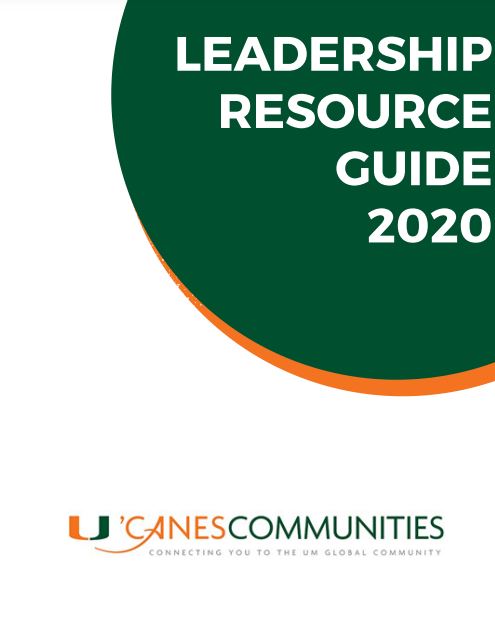
’Canes Communities: Transforming Alumni Grassroots Chapters Into Campaign-Ready Communities
From the Nominator
The University of Miami boasts more than 30 regional ’Canes Communities across the country. Traditionally, these local groups of alumni and fans gather primarily for game watch parties, social and networking events, and community service. In preparation for the university’s upcoming campaign, Regional Engagement developed a tiered structure for these communities, along with a series of tools and resources for volunteers, to build a foundation for campaign-related outreach efforts. The primary objective was to reposition the respective ’Canes Communities to promote a culture of philanthropy from within.
Our reorganization efforts have been highly successful, resulting in enhanced engagement and higher levels of giving in these communities, where previously there had been little or none. We have since executed a concept paper that includes a tiered structure outlining volunteer board roles and responsibilities, objectives for each community, support from the institution, and tools and resources for volunteer leadership use. We have also received assistance from our national volunteer boards.
From a tools and resources perspective, we have executed brand guidelines for each community, a C.A.N.E.S. programming guide, ’CaneFunder opportunities, Mailchimp email communication templates, sponsorship levels, and social media guidelines.
This process challenged us to re-establish our Miami ’Canes Community, a critical component of representation in our hometown, and strengthen the volunteer leadership in our top 10 markets. The 37 new volunteers on board, including five from Miami, fully embrace the culture of philanthropy necessary to support the campaign, and are dedicated to raising scholarship funds for students from their respective communities.
From the Judges
This was a very well-organized and well-executed program that not only helped to set and manage expectations (both staff and volunteer), but was a natural progression of their current programs. The integration of cross-campus groups and partners was impressive. The program leveraged volunteers to help normalize philanthropy in a very direct, yet non-confrontational way, and helped to build pipelines for both philanthropy and volunteers. There is something for everyone to learn from this entry.